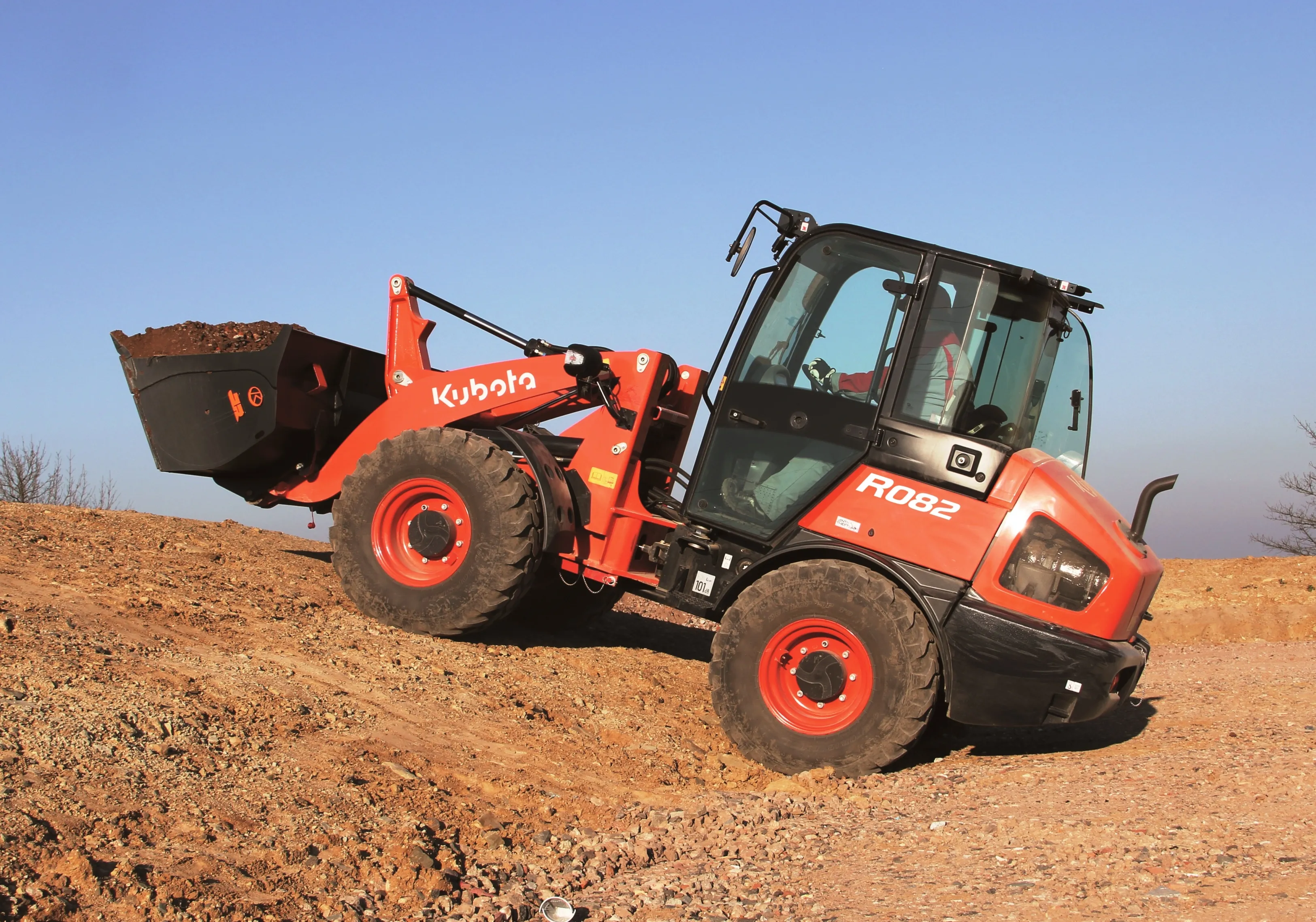Hiab, part of Cargotec, has launched the VSL PLUS stability feature for its heavy crane range.
Variable Stability Limit PLUS (VSL PLUS) is a safety system that automatically regulates crane capacity in relation to the actual stability of the vehicle while it is working. The system senses the position of each stabiliser leg and whether there is a load on the truck.
It is designed to protect the crane operator, people nearby and the crane and vehicle outfit. It takes the total weight of the truck into a
March 22, 2016
Read time: 2 mins
Hiab, part of 3335 Cargotec, has launched the VSL PLUS stability feature for its heavy crane range.
Variable Stability Limit PLUS (VSL PLUS) is a safety system that automatically regulates crane capacity in relation to the actual stability of the vehicle while it is working. The system senses the position of each stabiliser leg and whether there is a load on the truck.
It is designed to protect the crane operator, people nearby and the crane and vehicle outfit. It takes the total weight of the truck into account when calculating stability.
"The new and improved VSL PLUS stability system can take advantage of the vehicle's loaded platform because the extra load on the truck acts as a counterweight," explains Sergio Peiró, product manager for the Heavy Range at Hiab Loader Cranes. "VSL PLUS automatically adjusts the crane's lifting capacity on the basis of optimal stability.”
Pressure on the stabiliser legs is measured. More load on the truck bed means more pressure on the legs, which means greater stability. So, a load of cargo on the truck will mean that lift can be significantly more before the system stops the crane, allowing the crane to always operate at its optimal allowed capacity.
This means that stability and high capacity are maintained when working in confined spaces. Peiro said that if a customer arrives on site to find a narrow delivery space, the stabiliser beams cannot be extended fully. So lifting capacity must be reduced.
“But if you have VSL PLUS, and you have additional load on the truck bed, then you can have up to 100% lifting capacity," he said.
Variable Stability Limit PLUS (VSL PLUS) is a safety system that automatically regulates crane capacity in relation to the actual stability of the vehicle while it is working. The system senses the position of each stabiliser leg and whether there is a load on the truck.
It is designed to protect the crane operator, people nearby and the crane and vehicle outfit. It takes the total weight of the truck into account when calculating stability.
"The new and improved VSL PLUS stability system can take advantage of the vehicle's loaded platform because the extra load on the truck acts as a counterweight," explains Sergio Peiró, product manager for the Heavy Range at Hiab Loader Cranes. "VSL PLUS automatically adjusts the crane's lifting capacity on the basis of optimal stability.”
Pressure on the stabiliser legs is measured. More load on the truck bed means more pressure on the legs, which means greater stability. So, a load of cargo on the truck will mean that lift can be significantly more before the system stops the crane, allowing the crane to always operate at its optimal allowed capacity.
This means that stability and high capacity are maintained when working in confined spaces. Peiro said that if a customer arrives on site to find a narrow delivery space, the stabiliser beams cannot be extended fully. So lifting capacity must be reduced.
“But if you have VSL PLUS, and you have additional load on the truck bed, then you can have up to 100% lifting capacity," he said.









